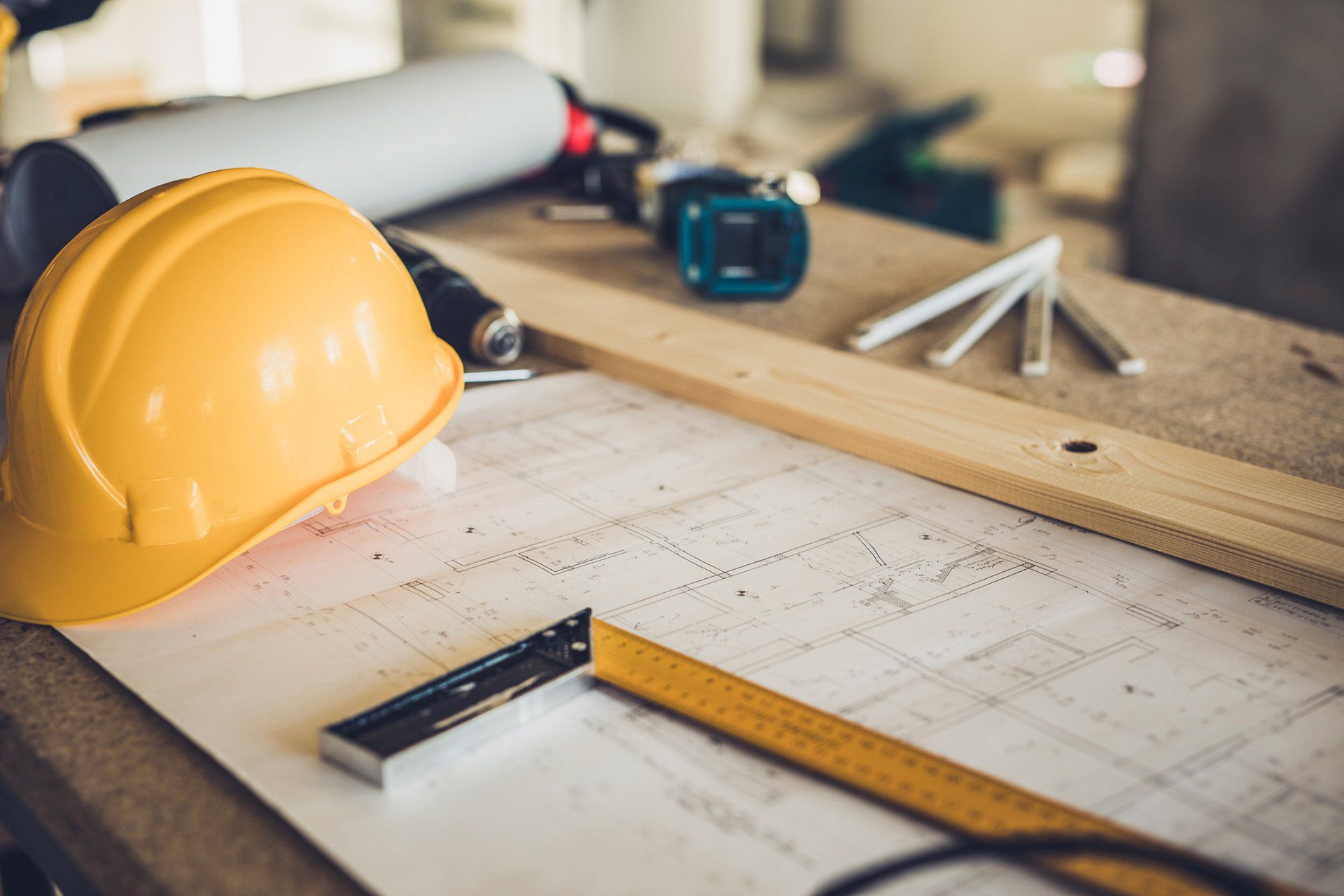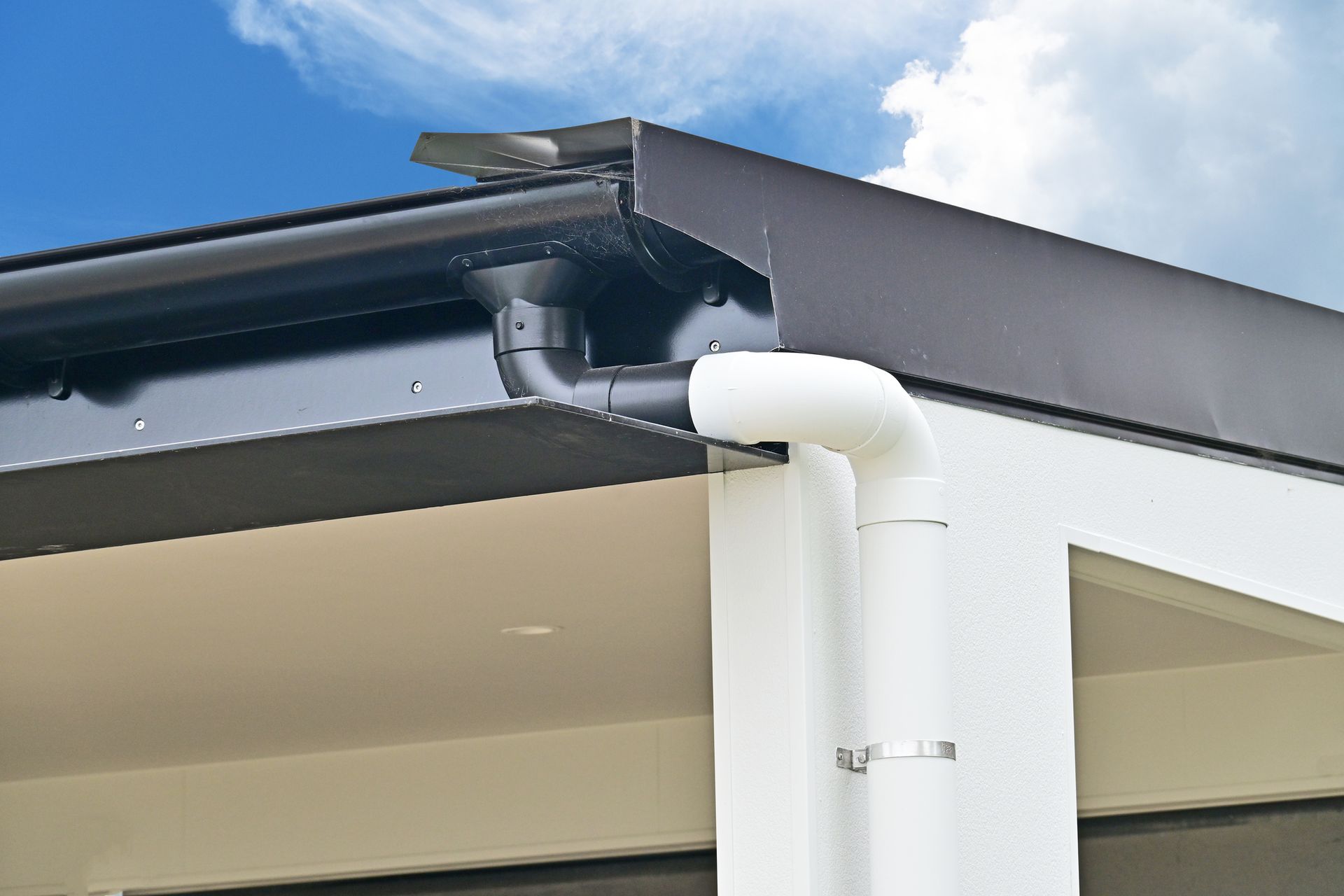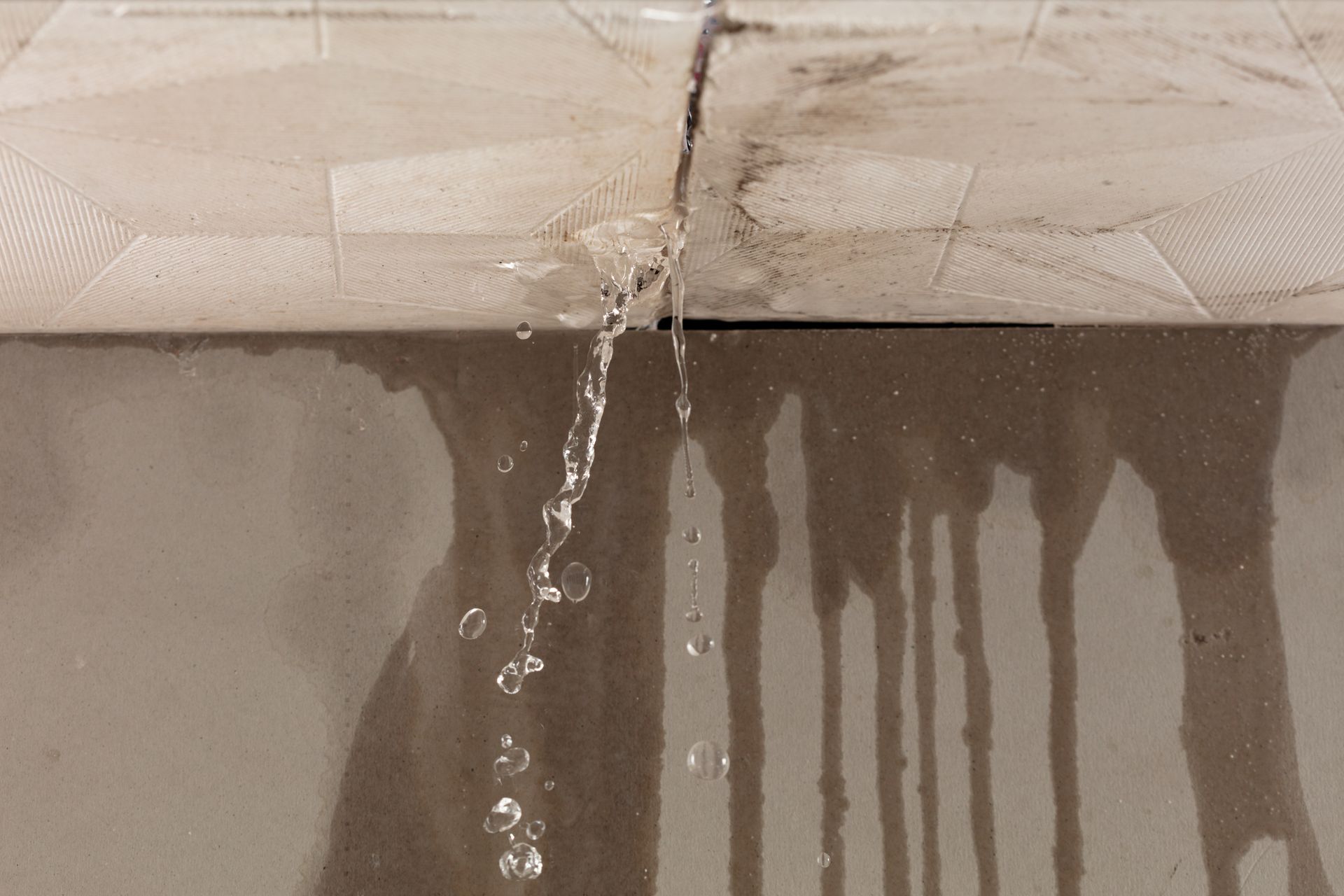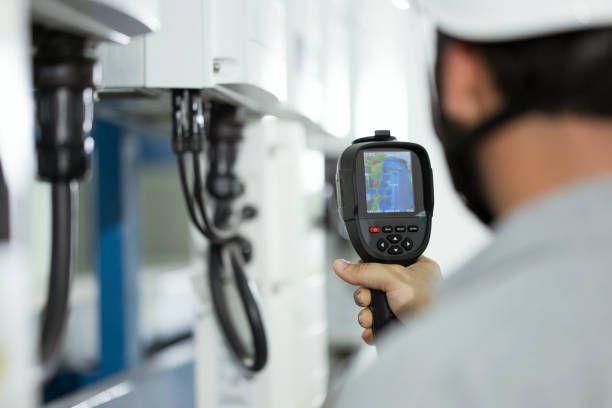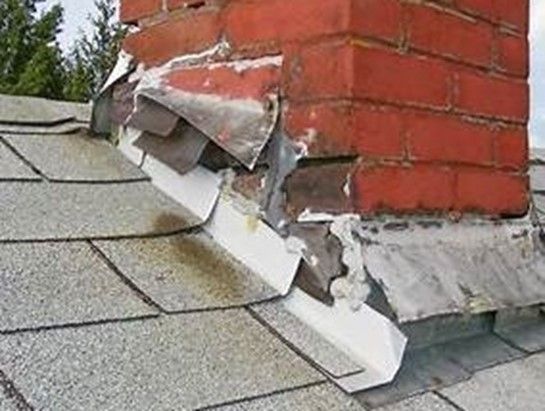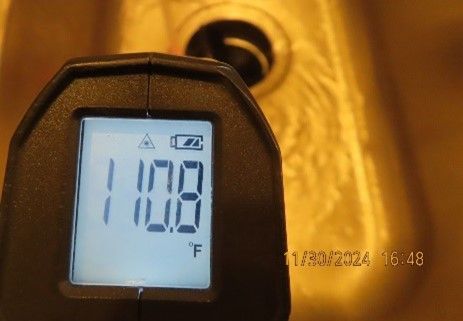Carbon Monoxide Entering a Home from a Water Heater
In video provided at the bottom of this article, I was inspecting a 90+ years old. The home was equipped with gas appliances including a gas water heater. Any time there are gas appliances in the home, it is vital a carbon monoxide detector (CO) be installed in the home and that the appliances be regularly inspected for proper operation. The location for the CO detector should be near the gas appliances. Ideally, that would be near the kitchen with a gas stove and attic for a gas water heater or gas furnace.
What is carbon monoxide (CO) and how is it produced?
Carbon monoxide (CO) is a deadly, colorless, odorless, poisonous gas. It is produced by the incomplete burning of various fuels, including coal, wood, charcoal, oil, kerosene, propane, and natural gas. Products and equipment powered by internal combustion engines such as portable generators, cars, lawn mowers, and power washers also produce CO. Additional details can be found on the Consumer Product Safety Commission web site.
The gas water heater found in this home has the vent on the top for the by-products of combustion to vent to the outside of the home. During the combustion process, carbon monoxide is often generated if the fuel does not burn cleanly (incomplete combustion). This water heater has what is called an atmospheric venting system. The system takes advantage of the fact that hot air rises. As the hot combustion gases rise up through the vent pipe in the water heater and into the exhaust vent, some draft air is drawn up inside the pipe to prevent CO from exiting the vent stack. The hot air is light and less dense than air. As it rises, it cools slightly and will allow additional air to mix with it as it rises. This is the desired effect. A small amount of air enters under the “Hat” of the exhaust pipe and mixes with the warmer air. This action, helps to prevent CO from escaping. See image below.
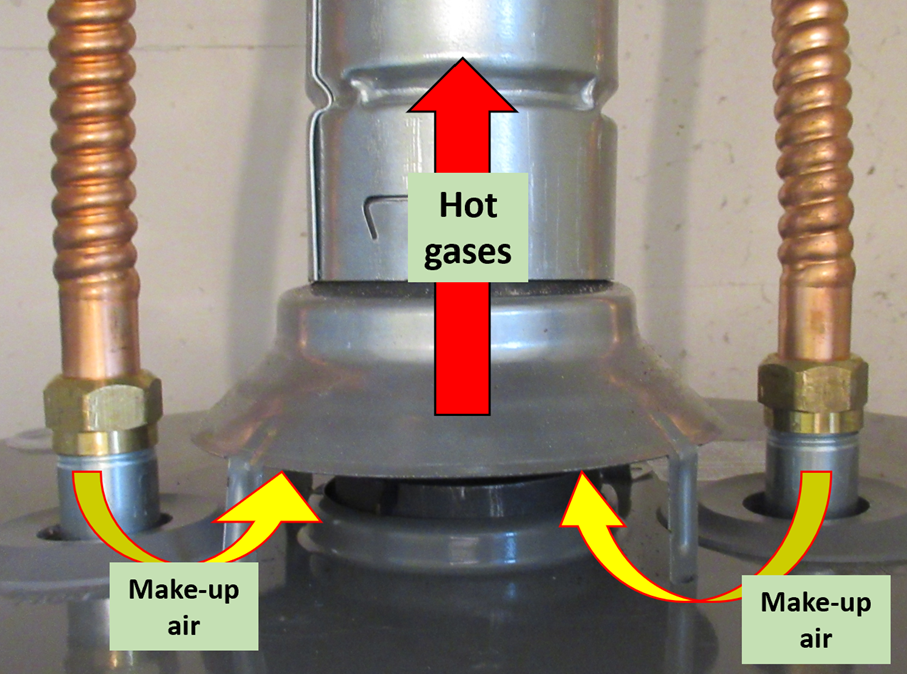
If the vent piping is not installed properly or operating correctly, the gases may not rise as desired and no mixing may take place. If this situation occurs, CO can escape from the vent piping. Depending on where the gas appliance is located, CO may escape the unit and enter the living space.
Carbon Monoxide is a safety concern because it is odorless and colorless to humans. Because of that, we cannot detect the presence. It is known as the “Silent Killer” as people and animals will go to sleep and never wake up. CO is denser than air, so it sinks the to the floor. As it builds up, it will create a layer of carbon monoxide. If the layer is allowed to get thick enough, it may be at head level when sleeping in a bed. The amount of CO present is measured in PPM – parts per million. The minimum exposure limit for CO is 50 ppm over 8 hours. Higher concentrations reduce the exposure time and increase the physical impact. Victims can be rendered unconscious and it can be fatal.
In the case of the house in the video, the vent pipes are improperly installed and there is a misalignment between the water heater exit and the hat and the hat and vent pipe. These misalignment and the gap are allowing exhaust gases to escape from the flue pipe and enter the home. I always use a carbon monoxide detector on gas appliances to determine if excess CO is being generated and escaping into the home. The water heater shown in the video has the misalignment and CO is escaping into the home.
The message of the story is get your appliances inspected regularly for safe operation. It is absolutely vital they be inspected after you have replaced the roof covering. The vent pipes are often dislodged by the roofers and no one inspects afterwards.
#boxerinspections #residentialhomeinspection #waterheatersefety #fuelgas #carbonmonoxide
